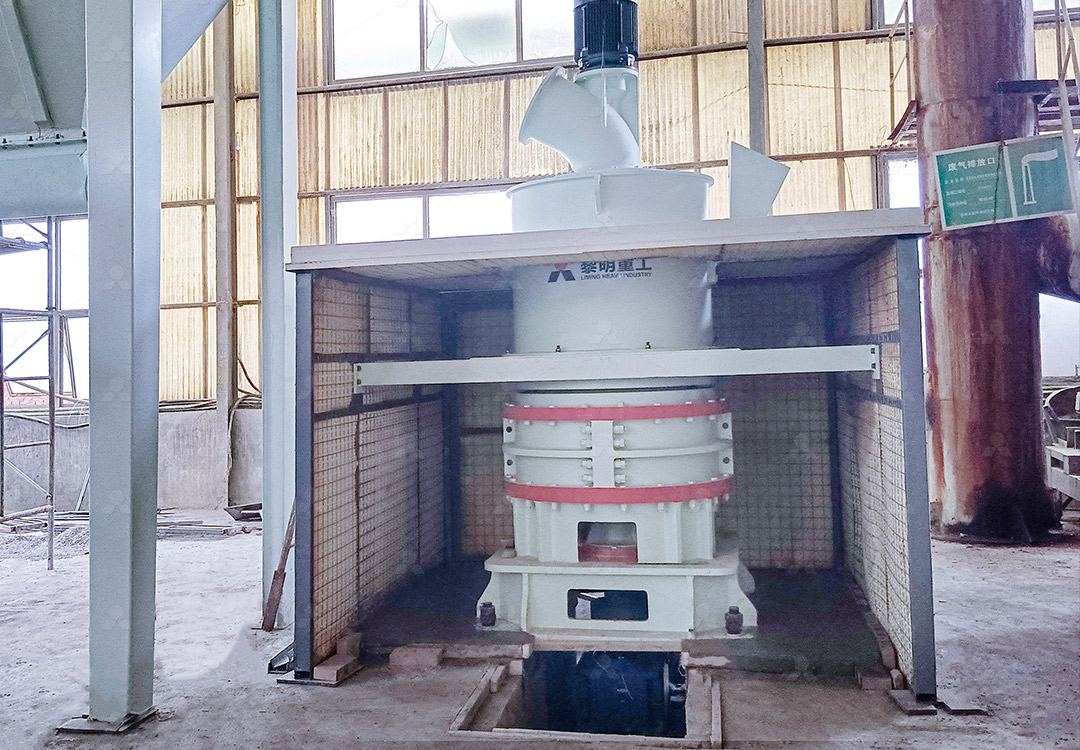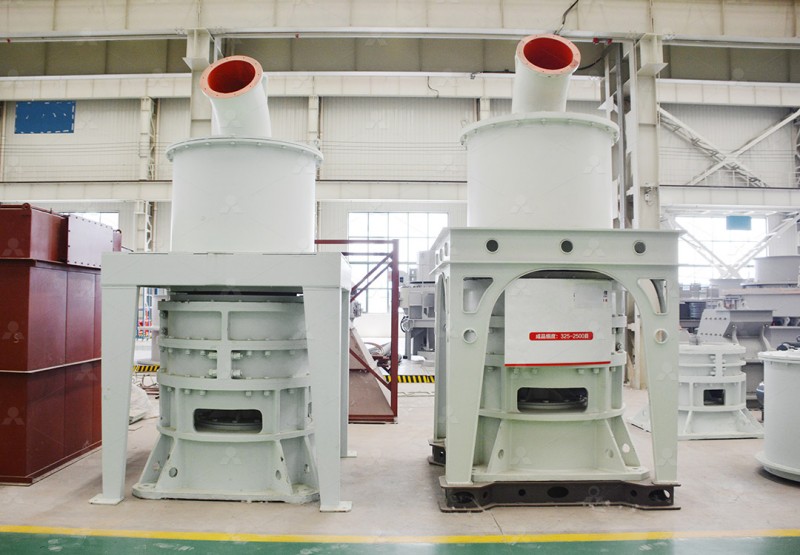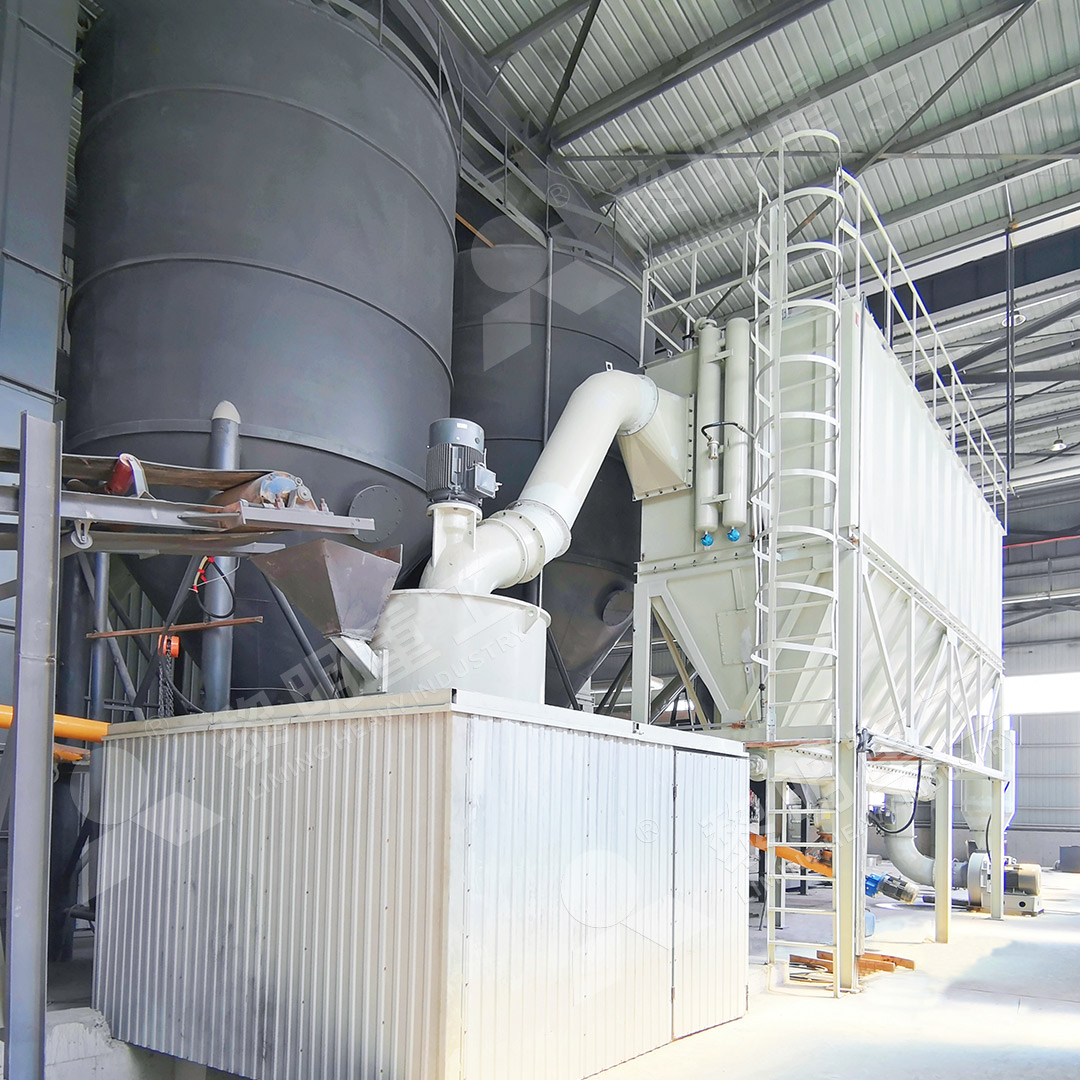How Much Does an Attapulgite Grinding Mill Machine Cost?
Understanding Attapulgite Grinding Mill Costs
When considering the purchase of an attapulgite grinding mill, one of the most common questions we encounter is: “How much will it cost?” The answer isn’t straightforward, as several factors influence the final price. Attapulgite, also known as palygorskite, is a magnesium aluminum phyllosilicate clay mineral that requires specialized grinding equipment to achieve the desired fineness for various industrial applications.
The cost of an attapulgite grinding mill typically ranges from $20,000 to $200,000+, depending on the mill type, capacity, and specific features required. Smaller capacity mills for laboratory or small-scale production start around $20,000-$50,000, while high-capacity industrial systems can exceed $200,000.

Key Factors Affecting Attapulgite Grinding Mill Pricing
Several elements contribute to the final cost of your grinding equipment:
Production Capacity: The required throughput (tons per hour) significantly impacts price. Higher capacity mills require more robust construction and larger motors.
Final Product Fineness: Achieving ultra-fine powders (below 10μm) demands more sophisticated separation technology and precision engineering.
Mill Type and Technology: Different mill designs (vertical mills, roller mills, ball mills) come with varying price points based on their technological sophistication.
Additional Systems: Integrated dust collection, automation controls, and feeding systems add to the overall cost but improve operational efficiency.
Material of Construction: Wear-resistant alloys for grinding components increase durability but also cost.
Recommended Solution: MW Ultrafine Grinding Mill
For attapulgite processing requiring ultra-fine powders, our MW Ultrafine Grinding Mill stands out as an excellent choice. This machine is specifically designed for customers who need to make ultra-fine powder from minerals like attapulgite.
The MW Series handles input sizes of 0-20 mm with capacities ranging from 0.5-25 tph, making it suitable for various production scales. Its innovative design features higher yielding with lower energy consumption – achieving 40% higher production capacity than jet grinding mills with only 30% of the energy consumption.

What makes the MW Ultrafine Grinding Mill particularly valuable for attapulgite processing is its adjustable fineness between 325-2500 meshes. The cage-type powder selector adopts German technologies that effectively increase powder separation precision. For attapulgite applications requiring specific particle size distributions, this flexibility is crucial.
The mill’s environmental features also contribute to its long-term value. Equipped with an efficient pulse dust collector and muffler, it minimizes dust and noise pollution, ensuring compliance with environmental standards. The unique design without rolling bearings or screws in the grinding chamber eliminates concerns about bearing damage or machine failure caused by loose screws.
Alternative Option: LUM Ultrafine Vertical Grinding Mill
For operations requiring different specifications, our LUM Ultrafine Vertical Grinding Mill presents another compelling option. With an input size of 0-10 mm and capacity of 5-18 tph, it integrates ultrafine powder grinding, grading and transporting in a single system.
The LUM mill features more energy-saving multi-head powder separating technology, reducing energy consumption by 30%-50% compared to common grinding mills. Its double position-limiting technology ensures stable operation, while the reversible structure simplifies maintenance – important considerations for attapulgite processing facilities.

Beyond the Initial Purchase Price
When evaluating attapulgite grinding mill costs, consider the total cost of ownership rather than just the initial investment. Factors like energy consumption, maintenance requirements, spare parts availability, and operational efficiency significantly impact long-term expenses.
Our grinding mills are designed with operational economics in mind. The digitalized processing ensures higher precision in manufacturing, while sufficient supply of original spare parts guarantees worry-free operation. These factors contribute to lower lifetime costs despite potentially higher initial investments compared to lesser equipment.
Frequently Asked Questions
What is the typical price range for an attapulgite grinding mill?
Attapulgite grinding mills range from $20,000 for small laboratory units to over $200,000 for high-capacity industrial systems. The MW Ultrafine Grinding Mill typically falls in the $75,000-$150,000 range depending on configuration.
How does attapulgite’s moisture content affect mill selection?
High moisture content may require integrated drying systems. Both MW and LUM mills can be configured with drying capabilities, though this adds to the overall cost.
What maintenance costs should I anticipate?
Maintenance costs vary by mill type. The MW Ultrafine Grinding Mill’s design without rolling bearings in the grinding chamber reduces maintenance needs and associated costs.
How long until ROI on an attapulgite grinding mill?
Return on investment typically ranges from 12-36 months, depending on production volume, product value, and operational efficiency. The energy savings of modern mills like the MW series accelerate ROI.
Do you provide installation and training services?
Yes, we offer comprehensive technical services including installation supervision, operator training, and ongoing technical support to ensure optimal performance of your attapulgite grinding operation.
